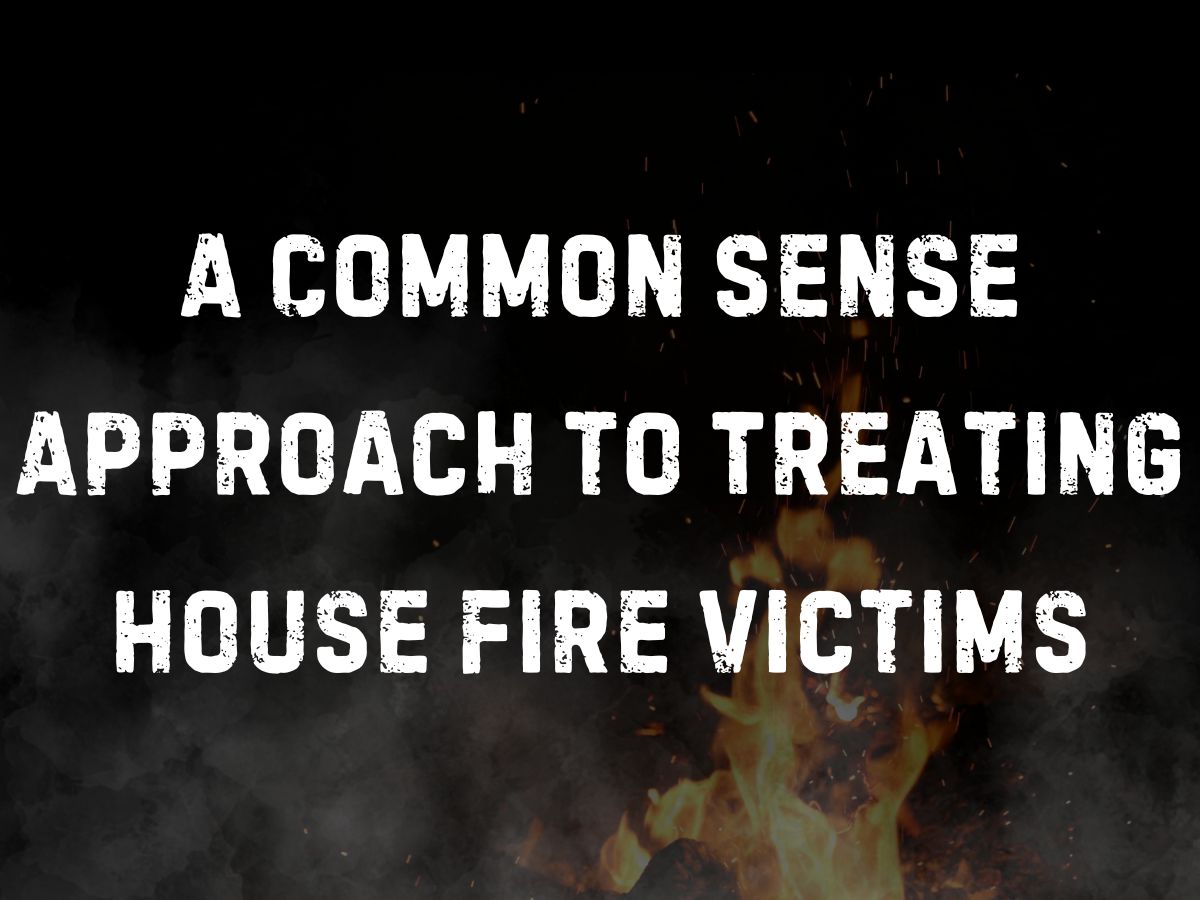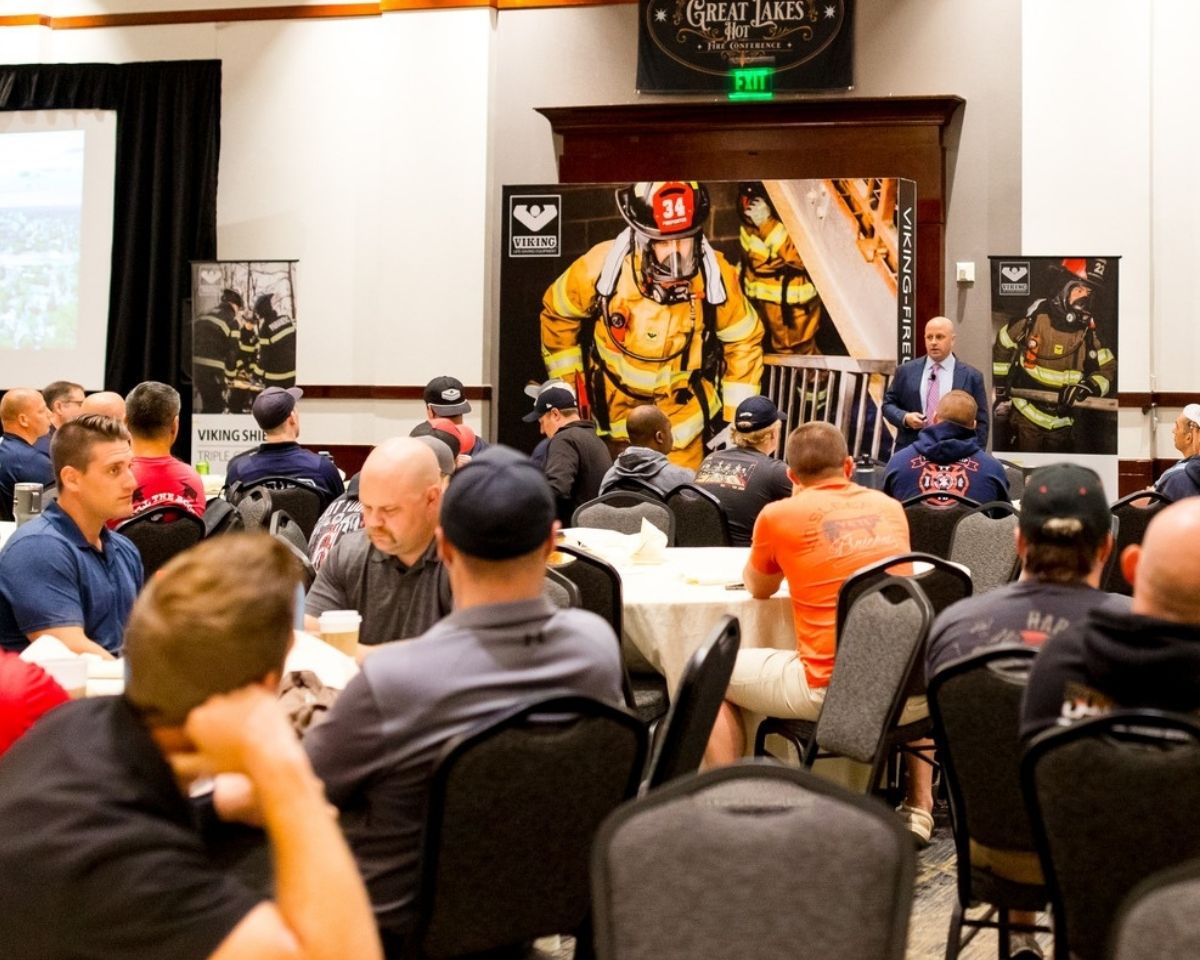A Common Sense Approach to Treating House Fire Victims
On average a fire is dispatched every 21 seconds in the United States with a house fire occurring somewhere in our nation every 88 seconds. These fires result in an average of 3,000 fire fatalities annually with one fatality documented approximately every 3 hours and 14 minutes and a fire/smoke injury reported every 53 seconds. However, responding to, assessing and treating fire victims is a low-frequency, high-risk incident for many EMS providers. Thus, it is imperative that EMS providers are well-trained and familiar with assessment and treatment modalities for these patients. This class will take a common sense approach to managing these often-critical patients. Subjects covered include how smoke and fire insult the human body, assessment tools and clinical findings to rapidly and accurately assess these patients, airway management, pain management, burn management, transport and destination considerations. The instructor draws on two decades of fire and EMS experience to present students with experience-driven, patient-focused principles when treating house fire victims in the streets.
Class Equipment Needs:
-(3) Class A pumpers/engines with full hose complements including LDH supply, 2 1⁄2” and/or 3” supply hose, 2 1⁄2” and/or 2” attack hose, and 1 3⁄4” and/or 1 1⁄2” attack hose (NOTE: need enough LDH and MDH to reach all hydrants and between apparatus on respective training grounds and a minimum of 400’ of 2 ½” and 400’ of 1 ¾” attack hose on each pumper) and at least (2) LDH intakes on each.
-(2) nozzles for attack hoses-(2) deck guns and at least one (1) portable monitor and/or RAM type monitor.-(2) hydrant kit with the following included:7-hydrant wrench
-(2) 2 1⁄2” gate valves-(2) LDH and (2) standard spanner wrenches-(2) 2 1⁄2” to LDH Storz adapters
-(1) LDH hose clamp-(5 to 10) orange traffic cones
-(1) 4-way hydrant valve*(if available)-(1) 2 1⁄2” to LDH Storz siamese-(2) 2 1⁄2” double male adapters-(2) 2 1⁄2” double female adapters-(2) 2 1⁄2” to 1 1⁄2” gated wye
-(1) 2 1⁄2” split water thief AND/OR LDH split water thief-20’ hard suction hose (minimum)-2 dump tanks-Low-level jet assisted suction strainer (if possible)-Turbo draft (if available)
-gated LDH intake that will accommodate hard suction hose-2 ground ladders (one 14’ or 16’ and one 24’ or 28’ preferable)
-1 large T-handle water valve isolation key-3 or 4 sections of out of service attack hose (2 1/2 or 1 3/4″) that can be disposed of after the class.
Facility needs:
– Avenue with at least two (2) 1000 GPM + fire hydrants available, enough room to maneuver engines comfortably and somewhere we can flow a significant amount of water without runoff issues
– Also, a facility with a working FDC connection would be great, but isn’t a deal breaker.



